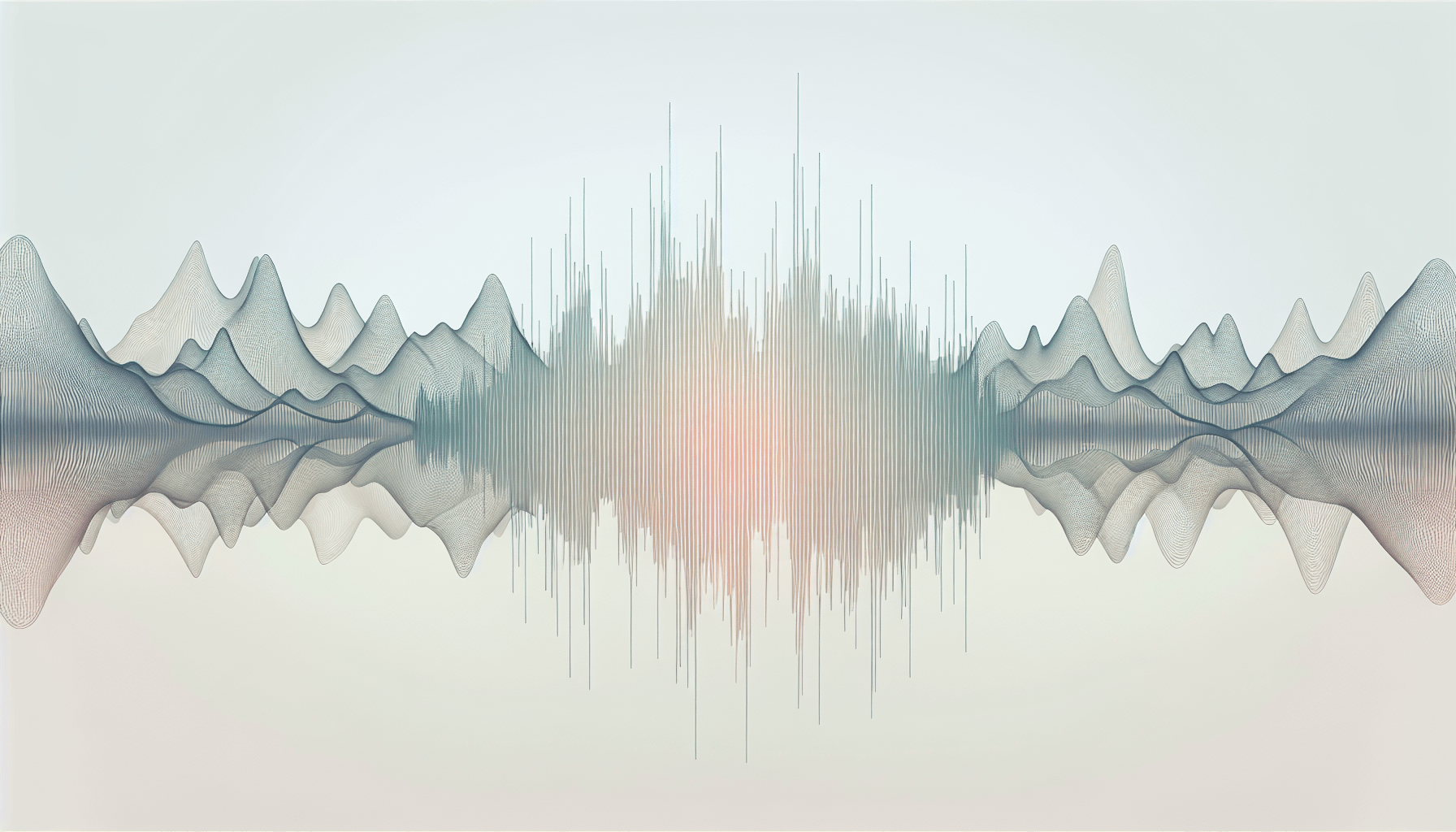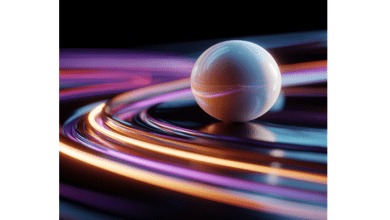
Sound design plays a crucial role in the emotional storytelling of films and television. The intricate combination of sound effects, music, and ambient noise creates immersive experiences for audiences worldwide. This article explores how the technical and creative processes behind sound design shape narratives in visual media.
In the evolving landscape of film and television, the role of sound design is fundamental. Sound design is not merely an embellishment; it is an essential element that crafts the emotional depth and atmosphere of any narrative. An award-winning sound design agency often collaborates closely with directors and producers to ensure that every sonic detail enhances the story being told. The impact of these auditory elements can be profound, often determining how viewers connect emotionally with characters and plotlines.
The Role of Sound in Narratives
When watching a movie or TV show, it’s not just the visuals that captivate your attention—it’s the sound that pulls you deeper into the story. Sound effects, background music, and ambient sounds are essential in creating a vivid and immersive experience. These elements work together to influence your emotional response, guiding your feelings through suspenseful moments or heartwarming scenes. A well-crafted soundscape helps establish the tone and pace of a narrative, making it more relatable and engaging for audiences.
The subtle yet powerful use of sound can drastically alter how you perceive a scene. For instance, a quiet moment punctuated by distant thunder can evoke a sense of impending doom, while cheerful music can make a seemingly mundane scene feel uplifting. This manipulation of sound is what makes storytelling through film and TV so dynamic and compelling. Sound design ensures that you remain emotionally invested in the unfolding narrative.
Moreover, sound design extends beyond just enhancing on-screen action; it also plays a pivotal role in character development. By associating certain sounds or musical motifs with characters, filmmakers can create deeper connections between viewers and the narrative. This technique allows you to identify with characters on an emotional level, understanding their journey through auditory cues as much as visual ones.
Technical and Creative Processes
The world of sound design is a complex fusion of technical precision and artistic creativity. The process involves meticulous planning and execution to ensure that every sound aligns perfectly with the visual elements. Techniques such as Foley effects—where everyday sounds are recreated to match on-screen actions—are essential in bringing realism to films and TV shows. Sound mixing further refines these elements, blending dialogue, music, and effects seamlessly to create an immersive audio environment.
Sound designers also play a crucial role in scoring films, selecting or composing music that complements the narrative arc. This creative decision-making requires a deep understanding of how music can evoke specific emotions within viewers. By carefully choosing melodies and harmonies, sound designers add another layer of meaning to the visual story being told.
The technical aspects are equally vital; they include cutting-edge software and equipment that allow for precise control over audio elements. This technological advancement enables designers to experiment with new sounds and techniques, continually pushing the boundaries of what is possible in film and TV audio production. Ultimately, it is this blend of technical skill and creative vision that defines successful sound design.
Collaboration with Industry Experts
Collaborating with top-tier sound design professionals is invaluable when it comes to elevating audio quality in film and TV productions. Renowned agencies bring their expertise to projects, ensuring that every aspect of sound contributes meaningfully to the overall viewer experience. Their involvement often results in more polished productions where audio elements enhance rather than detract from storytelling.
This collaboration allows filmmakers to focus on crafting compelling visual narratives while leaving the intricate details of audio production to experts. By leveraging the skills of seasoned professionals, productions benefit from high-quality soundscapes that captivate audiences worldwide. Such partnerships demonstrate how critical sound design is in producing content that resonates emotionally with viewers.
The influence of skilled sound designers extends beyond individual projects; they help set industry standards for excellence in audio production. By consistently delivering innovative work that elevates narrative quality, these experts inspire others within the field to strive for similar levels of creativity and precision.




